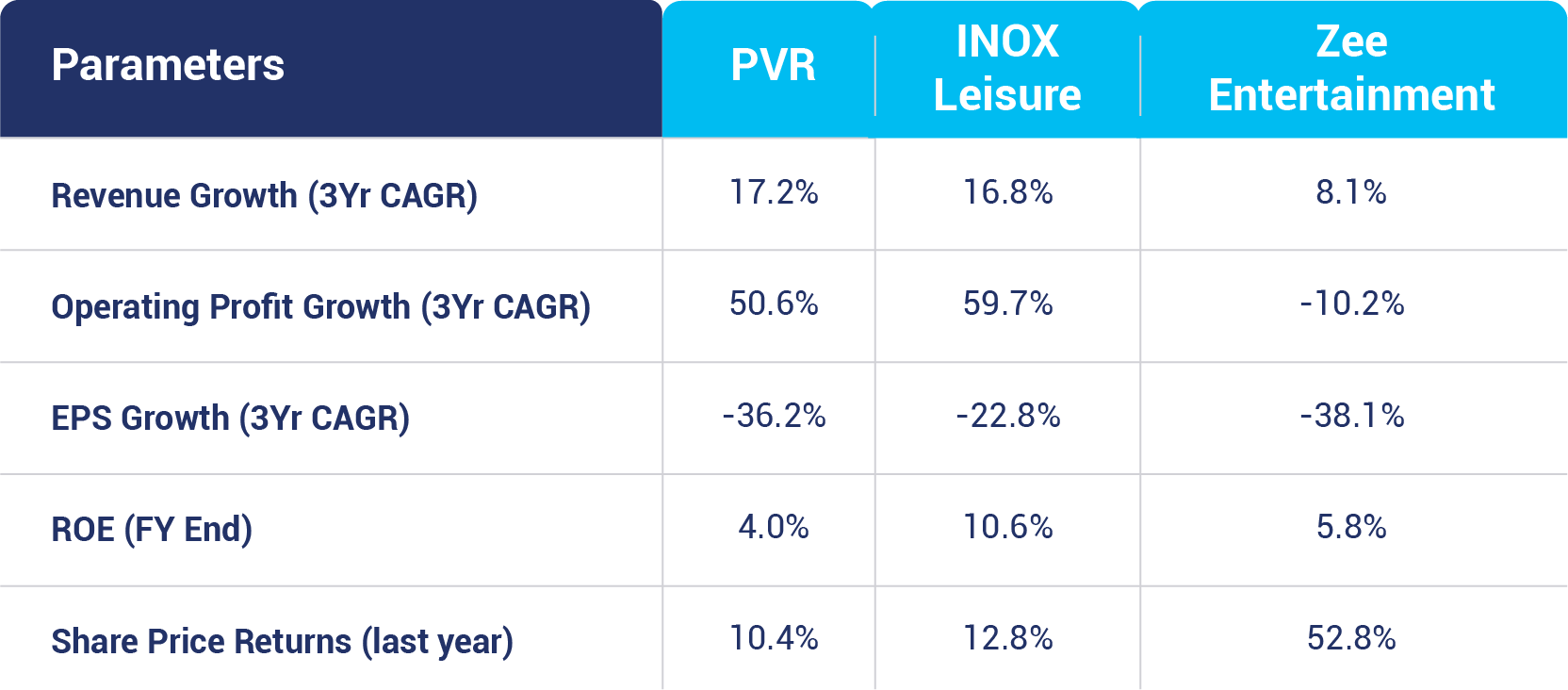OTT – India’s Next Rising Star5 min read
India went through a transformation when Dada Saheb Phalke bought it in the early 1900s as he decided to start in the business of “moving pictures”. In 1913 produced, directed, and wrote the screenplay for the first-ever motion picture in India “Raja Harishchandra”. The movie is now known as India’s first full-length feature film.
Since then Indian cinema has witnessed many changes as it went from just visuals to sound version, from black & white to colour and from 70 mm to a television set.
But in 21st-century Indian cinema, the TV space saw another big reformation, which came with the name of Over The Top, or OTT Streaming services, which bought unlimited visual content directly into your ears and 10-inch smartphones, laptops, and TVs.
Domestic media companies were not far behind in adopting this change, as international streaming OTT apps entered Indian markets, domestic apps such as Hotstar, Zee5, Voot, SonyLiv, etc. too penetrated through giving a tough competition to Netflix & Amazon Prime.
The seeds of growth for OTT were sowed well in advance with the growth in broadband and increased smartphone penetration. With people, especially in the working sector, spending more time on their phones and laptops, these OTT platforms have become a more engraved part of our lives.
The ease of anywhere and anytime viewing suits the need for the fast-paced life of a digital consumer. The market has shown steady growth from a two-player market in 2012 to a more versatile market with more than 40 players currently, with an unending scope for many more. The bundling of OTT content with data plans by telecom companies has tremendously helped in expanding the reach and awareness of OTT platforms.
The Rise & Rise Of OTTs In India
As of now, we have more than 40 OTT platforms present in India which are keeping the audience engaged with the content like never before.
Right from releasing an unprecedented number of original shows to acquiring licenses for direct-to-digital premieres, including Bollywood films the OTT is changing how India consumes visual content.
As per the media reports, Gaurav Gandhi, Director and Country General Manager, Amazon Prime Video India, said that their digital releases were watched in 4,000 cities and towns within the first week of streaming.
Like me, most viewers didn’t turn to stream just because of a lack of outdoor entertainment; good content was the draw.
People did not turn to OTT just because they were confined within their houses, content was also a big factor. The variety that OTT space is bringing in has never been witnessed by Indian audiences, such as Sushmita Sen’s solid comeback in Aarya and Anushka Sharma striking gold with her debut web production, Paatal Lok.
Shows like Scam 1992: The Harshad Mehta Story and the Malayalam drama The Great Indian Kitchen not only made for great couch viewing but did so with layered storylines and fresh faces. The stamp of approval for original content came in November when Netflix’s acclaimed Delhi Crime won the international Emmy for Best Drama Series.
OTT vs 70mm
When the pandemic struck and OTTs became the ‘living room’s cinema hall’, many wondered if the medium could threaten the multiplex business in the long run.
Home affairs and I&B ministries permitting the reopening of cinema halls with 100% capacity, time will tell if the interest of the audience remains with the newly-regulated OTTs.
Director Nitya Mehra, whose 2016 debut Baar Baar Dekho did not fare well but OTT debut Made in Heaven in a media interaction said, “When TV came, people on the radio were worried. OTTs have given theatres a run for their money, but each format finds its own space. There are enough human beings on this planet to consume it all.”
Producer Tanuj Garg believes that the reopening of cinema halls would usher in an era of co-existence between the two mediums. “Back to 100% capacity for cinemas soon. Contrary to perception, I don’t believe the theatrical medium will ever pass away in #India. Time for OTT and cinemas to co-exist peacefully,” he tweeted in January.
Bump In The Road
Over the top, (OTT) platforms like Netflix, Disney Hotstar, and Amazon Prime will reportedly have to provide age-related classifications as part of a mandatory Code of Ethics for online curated content under the government’s new guidelines for digital media content.
As per media reports, these guidelines came after repeated instances of having run foul of public sentiment and political sensibilities in the past few months. The new rules mandate will require platforms to consider, before exhibiting content, “implications of any content… and shall exercise due caution and discretion in relation to… content which affects the sovereignty and integrity of India… threatens, endangers or jeopardises security… is detrimental to India’s friendly relations with foreign countries… is likely to incite violence or disturb the maintenance of public order”.
Way Forward
For a consumer, OTT brings in many perks, right from the choice of content, multi-screen play, any time – anywhere content, and a lot of personalisation. In this fast-paced world, which has the ‘right now’ attitude, OTT has come around as a blessing.
The only roadblock to the growth of such platforms has been the adoption of the digital migration of the consumer. However, the pandemic has acted as a catalyst. The number of hours spent by consumers on OTT platforms during the lockdown might not be sustainable in the near future, but the shift is very much permanent.
In light of the pandemic, these OTT platforms witnessed a huge surge in their usage and very few are expected to go back to their prior preferences.
Fundamental & Technical Dose

Disclaimer – This content is purely for informational purpose and in no way an advice or recommendation




